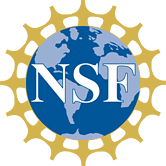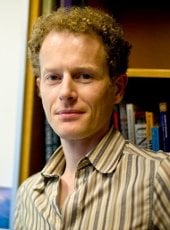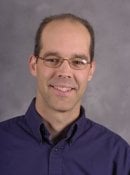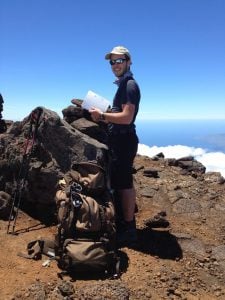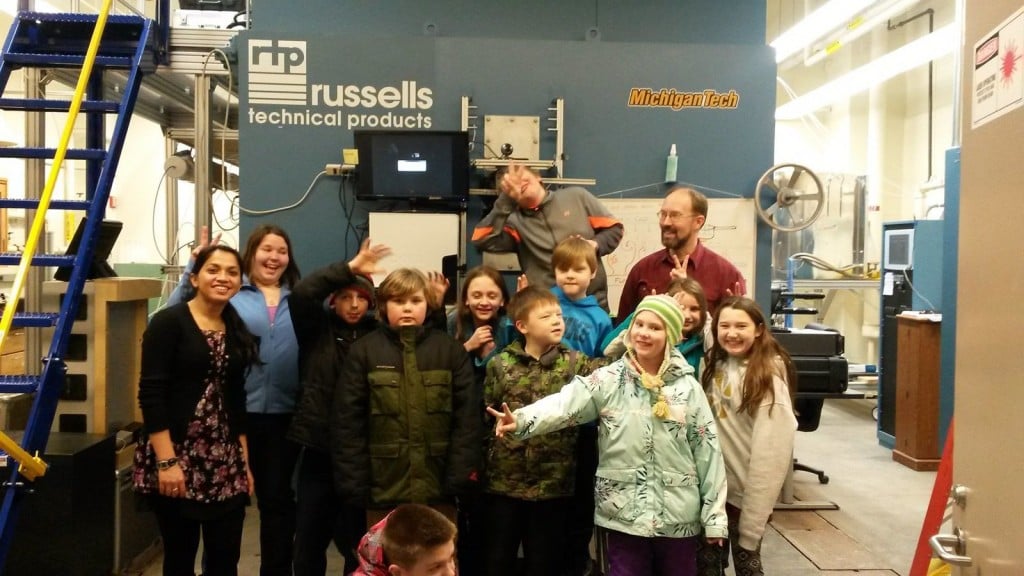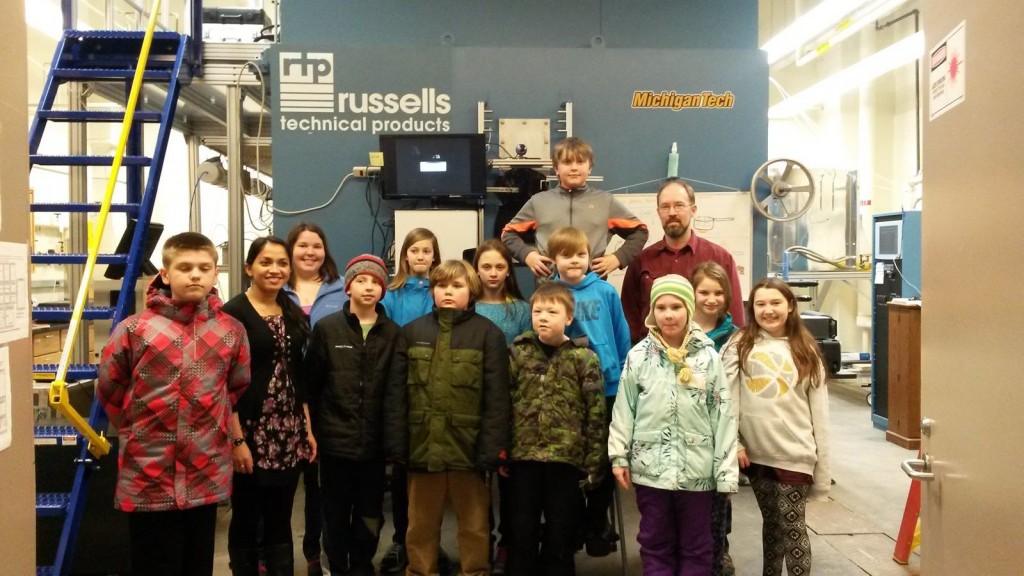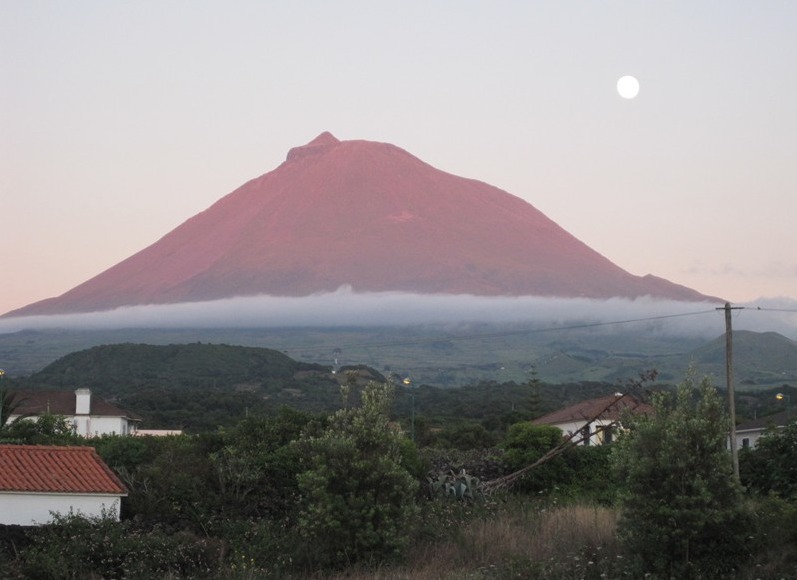 Bo Zhang (2015), currently a research scientist at the National Institute of Aerospace in Hampton, VA, and co-authors published a paper, “Ten-year chemical signatures associated with long-range transport observed in the free tropophere over the central North Atlantic” in Elementa Science of the Anthropocene Journal.
Bo Zhang (2015), currently a research scientist at the National Institute of Aerospace in Hampton, VA, and co-authors published a paper, “Ten-year chemical signatures associated with long-range transport observed in the free tropophere over the central North Atlantic” in Elementa Science of the Anthropocene Journal.
Ten years of observations of trace gases at Pico Mountain Observatory (PMO), a free troposphere site in the central North Atlantic, were classified by transport pattern using the Lagrangian particle dispersion model FLEXPART.
The classification enabled identification of trace gas mixing ratios associated with background air and long-range transport of continental emissions, which were defined as chemical signatures. Comparison between the chemical signatures revealed the impacts of natural and anthropogenic sources, as well as chemical and physical processes during long transport, on air composition in the remote North Atlantic.


